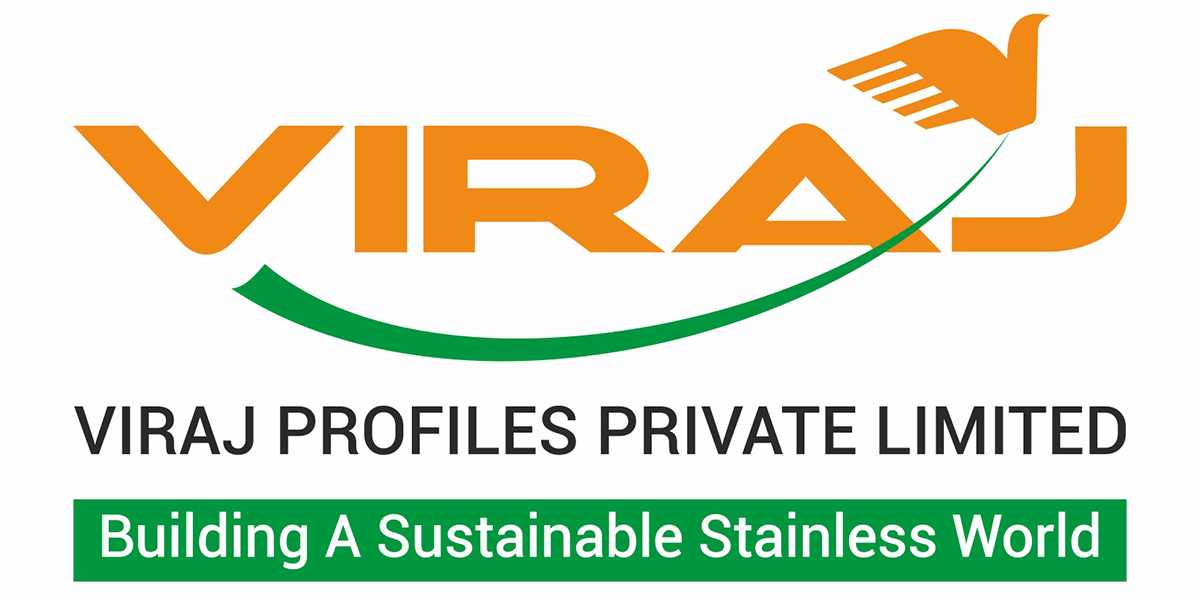
Wave Discs Revolutionises Traditional Drying Process
In the search to find a more efficient way of manufacturing industrial disc dryers for the meat-rendering industry, Melbourne-based engineering company Pinches Group has developed a new technology called Wave Disc.
THE CHALLENGE
Traditional rotary discs comprise of a series of stainless steel discs, welded back-to-back and attached to a centre pipe. Together, the pipe and discs make up the shaft, which operates under steam pressure and rotates within a stainless steel shell.
Employed throughout the world in a wide range of industries, disc dryers are commonly used to dry materials such as coal, sand, sludge, paper pulp and animal waste.
There are significant inefficiencies in the manufacturing of disc dryers:
- Discs are cut from industry standard rectangular plate, with the centres and corners of the donor material often wasted;
- Flat discs rely on pressure-welded pins for structural support. A typical two-metre diameter disc requires ninety-six support pins pressure welded with full penetration on both sides of the disc. Pressure welds are not only labour intensive, but due to the proximity of discs with the drum, they are difficult to repair once the dryer is in operation.
ASSDA Member Pinches Group began investigating designs that could overcome the need for support pins and reduce raw materials waste. Rather than cutting the discs, Pinches discovered that using specific rectangular sections of material discs could be formed through a series of folds along one edge of the plate. This enable all supplied materials to be used in the formulation of the disc.
BENEFITS
Because folds occur consistently and consecutively around the disc, the folds reinforce the structure of the discs and eliminate the need for added support.
Removing the pins not only improves manufacturing time, it eliminates the chance of weld failure around the support pins, which can cause equipment faults in traditional disc dryers.
Additionally, the natural waves of the discs provide increased agitation to drying material, which can improve evaporation rates.
One design flaw with flat discs is a tendency for product to stick and build up between discs. With Wave Disc, the waves in the disc massage the product and keep it moving within the drum, preventing build up and ensuring that all raw materials are exposed to heat.
Wave Disc also provides greater surface area. Any indirect drying processes (where the heat source doesn't make direct contact with the product) is reliant on the surface area to transfer heat.
With the addition of the folds, Wave Disc provides a surface area at least thirteen per cent larger that conventional discs within the same footprint. This means that existing disc dryers can replace their current shaft with a Wave Disc shaft and increase the capacity of the dryer.
AWARD WINNING DESIGN
In 2012, the Wave Disc concept received top level funding from the Australian Federal Government's Commercialisation Australia program.
In 2014, the first Wave Disc unit was installed at animal by-product processor, Australian Tallow, in Brooklyn, Victoria. Since then, further units have been exported to by-product processors in New Zealand.
As Australia's leading supplier of processing equipment to the animal rendering industry, Pinches Group developed Wave Disc to overcome specific inefficiencies within the meat processing industry.
Now that this innovative new technology has been tested and proven in the rendering industry, Pinches has plans to expand their focus to heating and cooling processing technologies in the food and agricultural sector.
Pinches Group own and operate a testing facility in Melbourne which incorporates an operational Wave Disc pilot unit used by prospective clients and educational institutions for running trials on a range of raw materials.
Among other metrics, the pilot units can provide clients with evaporation rates and in-an-out moisture levels for specific products.
PATENT
The Wave Disc design is protected by Provisional Patent Number 593495.

This article in Australian Stainless Magazine Issue 59 (Winter 2017).














